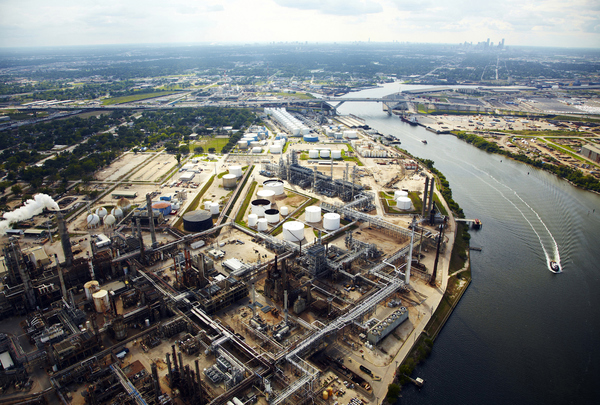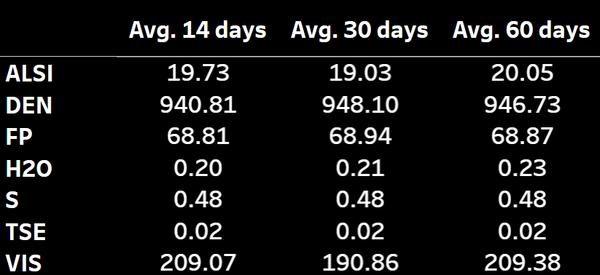Americas Market Update 23 Jul 2025
Bunker fuel prices have largely moved in mixed directions, and HSFO supply improves in New York.
 IMAGE: The Statue of Liberty seen from New York Harbor. Getty Images
IMAGE: The Statue of Liberty seen from New York Harbor. Getty Images
Changes on the day to 08.00 CDT (13.00 GMT) today:
- VLSFO prices unchanged in New York and Los Angeles, and down in Houston ($29/mt), Balboa ($23/mt) and Zona Comun ($3/mt)
- LSMGO prices up in Los Angeles ($5/mt), New York ($3/mt), unchanged in Balboa, and down in Houston ($23/mt) and Zona Comun ($5/mt)
- HSFO prices up in Houston ($1/mt), unchanged in New York, and down in Los Angeles ($3/mt) and Balboa ($1/mt)
Zona Comun's VLSFO price has declined after a lower-priced 150-500 mt VLSFO stem has been fixed at the anchorage, putting downward pressure on the benchmark.
The shortest time VLSFO can be delivered is via barge, with a lead time of around five days, a source has said.
Weather conditions have improved in the anchorage location, and deliveries have been underway without suspension since Monday. However, some delays in bunker operations are anticipated if strong wind gusts occur.
In New York, both VLSFO and HSFO benchmarks at the east coast port have remained unchanged in the past session, keeping the Hi5 spread stable at $49/mt.
HSFO supply is restored with fresh volumes, and barges are being booked for the grade, another source informed. The grade at New York is currently trading at a small premium of $20/mt to Houston, down more than half from $47/mt at the end of April.
VLSFO and LSMGO availability have remained comparatively good over the past few weeks. Suppliers recommend lead times of 5–7 days now.
Brent
The front-month ICE Brent contract has lost $0.35/bbl on the day, to trade at $68.19/bbl at 08.00 CDT (13.00 GMT).
Upward pressure:
Brent crude’s price has gained some support due to demand growth expectations.
US crude oil inventories fell by 577,000 bbls in the week ending 18 July, according to estimates from the American Petroleum Institute (API).
A drop in US crude stocks typically indicates higher demand and can lend some support to Brent's price.
Besides, oil got a boost from the US-Japan trade deal that includes a reduction in tariffs, US President Donald Trump said on social media platform Truth Social.
Under the agreement, Japan's auto sector will see a tariff of 15%, down from a total of 27.5% levies earlier, according to a Reuters report. Duties on other Japanese goods that were scheduled to come into effect from 1 August will also be lowered to 15% from 25%.
As part of the deal, Japan has also agreed to invest $550 billion in the US, Trump said.
Downward pressure:
Expectations of a large oil surplus later this year are adding headwinds for the oil market, as OPEC+ members continue to hike production levels every month, according to market analysts.
Total crude oil production by OPEC+ members averaged 41.56 million b/d last month, about 349,000 b/d higher than in May.
“Our oil balance indicates that the oil market will be in a large surplus in 4Q25,” two analysts from ING Bank noted.
Brent’s price rise was also capped by concerns over worsening US-EU trade ties and Trump’s looming 1 August tariff deadline.
“EU and US negotiators are heading into another week of negotiations, while Trump has threatened to hit the bloc’s exports with 30% tariffs,” said ANZ Bank’s senior commodity strategist Daniel Hynes.
By Gautamee Hazarika and Aparupa Mazumder
Please get in touch with comments or additional info to news@engine.online

Contact our Experts
With 50+ traders in 12 offices around the world, our team is available 24/7 to support you in your energy procurement needs.




